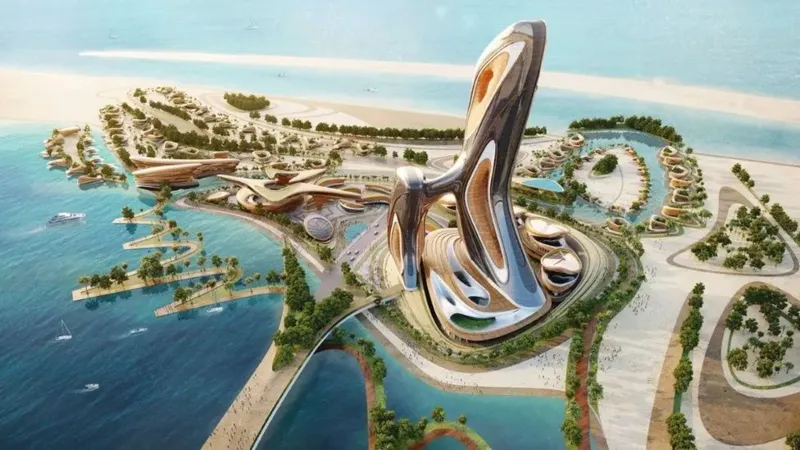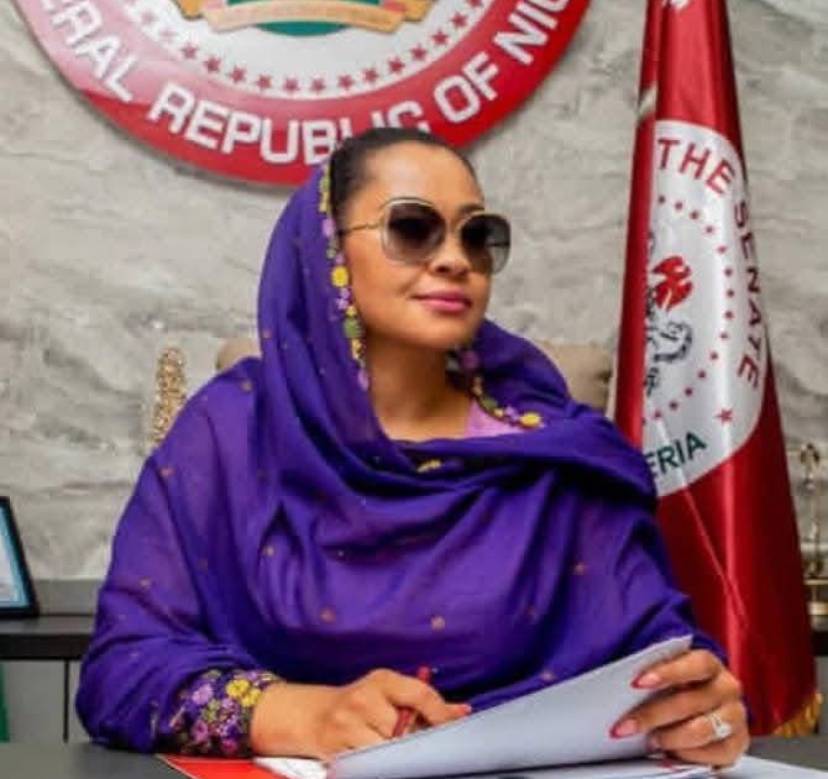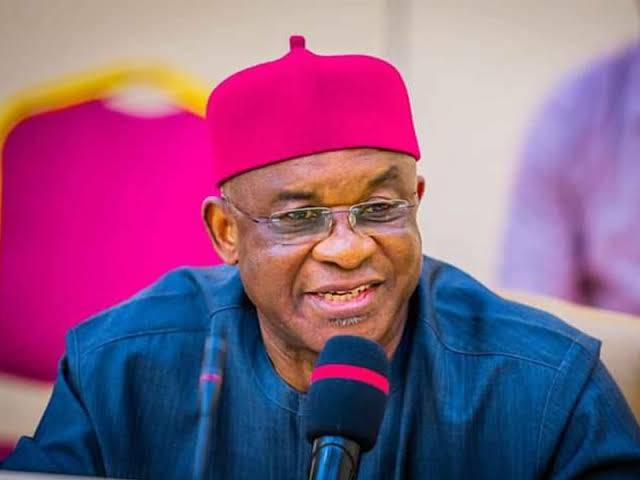Research sources are quite scanty, but a few pictures of a concrete story building in Ibadan served as a solid lead to this exploration. It was built by the Church Missionary Society (C.M.S), and the Ibadan mission was headed by David and Anna Hinderer. Their goal – to spread the gospel of Christianity through an anti-slavery campaign with Ibadan as their base of operations in Yorubaland.
The C.M.S were not the first set of Christians to set foot in Nigeria however, the Catholics, accompanied by early Portuguese merchants had come much earlier but had difficulties in their crusades because of complications from the slave trade. Anyway, more needed to be known, but first, some context.
The Ibadan Context
Ibadan is a historical melting pot and in the 18th century, was an economically sound, fast developing and religiously tolerant town. It’s origins as a war camp meant that war-chiefs (their families, army and slaves) from different parts of Yorubaland immigrated to the city. The collapse of the Oyo empire caused an influx of people and they came with different cultures and norms. The worship of traditional gods was commonplace, because these deities were tied to practical economic or political purposes. There was Islamic influence as well, which had come from the Northern Yoruba towns (Ilorin and co), all coexisting with the purpose of economic freedom.
The city didn’t start out with much of a centralized political structure however. Rather, the different nuclear families were headed by the Baale’s and he took judicial authority over what transpired among his people. The extended families were then headed by the eldest or most influential figure, known as Mogaji. Over time, a monarchial system of government was developed – the Olubadan in council – and with the help of the Baale and Mogaji’s oversaw the ruling of Ibadan. Women weren’t excluded from the ruling class either, they were central when it came to trade and the Iyalode/Head of the Women folk was a part of the Olubadan’s council.
The town thrived for a number of reasons. The large population, advantageous location for trading, it’s war drive, agriculture, and new industries like blacksmithing and textile-weaving all played a part in the growth. One can say religious intolerance was set aside for the purpose of economic growth.
Planting Christianity in Yorubaland
Ibadan being a warring town, had built a system that needed additional wars to nourish it. Slaves that were captured as a result of these wars had constituted to the majority of it’s military and economic strength.
The Protestant churches in Europe had begun to campaign against the slave trade by the early 19th century because it directly opposed the philosophy of love as preached by the gospel. They then began to strengthen missionary societies and this was how Africa became exposed to Christian evangelism and Ibadan seemed like a good place to start for David Hinderer and his team.
When they arrived in 1851, he was only allowed into the town after the Ifa oracle was consulted. Being a town that recognized the economic benefits of religious tolerance, the oracle responded with tidings of good fortune and he was warmly received. They were apportioned some land in the Kudeti hillside and this was the base for a church, a mission house and a school.
The church grew because the Hinderers were friendly, persuasive and focused. Many locals loved them and before long, their congregation grew and today, almost 200 years later, is the St. David’s Cathedral – named after David Hinderer. The church was involved in other activities in that time. Activities like teaching converts to read the bible, learn catechism and educating children – spearheaded by Anna Hinderer.
The Hinderer house, which they completed in 1855 is still solid and was the highlight of my visit. It’s officially the first story building that was built in Ibadan, a spectacle in the days of traditional courtyard style housing.
The design of the Hinderer house is simple and functional, a lot bigger than the pictures. The ground floor used to serve as a store and the upper floor had a living room, bedroom and a wide verandah. There are plans to turn it into a museum but I don’t believe there is much development in that regard yet.
It used to have a detachable staircase which served the upper floor but there are no signs of that anymore. I looked out for this feature because the staircase had proved a bit difficult to climb for Baale Olugbode, who was their guest at their first house-warming event. It was in the bedroom that the Baale came across a dressing table mirror and was impressed/bewildered, as he stated “Oyinbo n dara/The white man is good”.
It was through this house that the corrugated iron roofing sheets were introduced to the brown-roof city. This visit enhanced the status of christians and Christianity in Ibadan.
Source Folu Oyefeso












